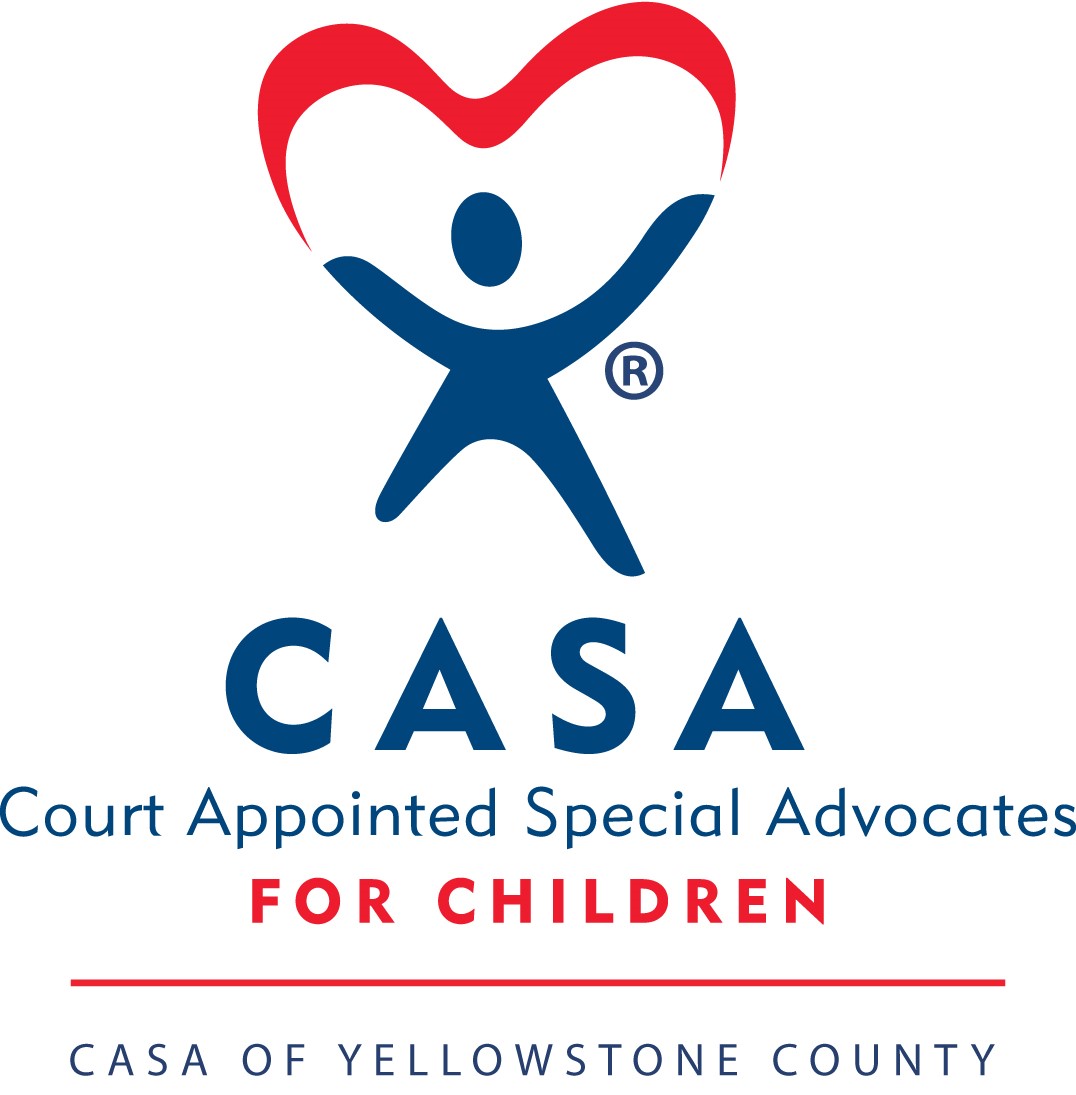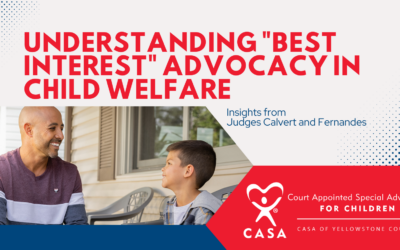 Many people may be surprised to learn that the leading cause of death for children in the United States is motor vehicle crashes. Car accidents cause 1 of every 4 unintentional deaths for children in the United States. According to the CDC, 675 children under 12 were killed as occupants in motor vehicle crashes in 2017. Of the 675 that were killed, 35% were not buckled up. Although seat belts and child safety seats are still relatively new technology in the history of cars, they have drastically decreased the rate of injury-related deaths in car accidents since the 1970s. But there are still many misconceptions and overlooked safety precautions involving cars, particularly where child safety is concerned.
Many people may be surprised to learn that the leading cause of death for children in the United States is motor vehicle crashes. Car accidents cause 1 of every 4 unintentional deaths for children in the United States. According to the CDC, 675 children under 12 were killed as occupants in motor vehicle crashes in 2017. Of the 675 that were killed, 35% were not buckled up. Although seat belts and child safety seats are still relatively new technology in the history of cars, they have drastically decreased the rate of injury-related deaths in car accidents since the 1970s. But there are still many misconceptions and overlooked safety precautions involving cars, particularly where child safety is concerned.
The use of child safety seats can decrease the risk of injury or death in a car accident by as much as 70% when installed and used correctly. However, there is widespread misuse of car seats and child safety restraints across the United States. Many people use the wrong type of car seat or booster seat for their child’s age, weight or height. Furthermore, incorrectly installed car seats or the misuse of harness straps can cause serious harm to a child in the event of an accident. Often, parents and caregivers are not aware that they have improperly installed or misused car seats. It’s always recommended to research the correct car seats, installation practices and harness usage when you have children in your care that you are transporting. Some things to consider when researching and installing a car seat for a child in your care: what type of car seat should you be using for the age, weight and height of your child? What is the best positioning for the car seat? Should it be front facing or rear facing in the car? What is the weight and height limit for the model, and when will your child need to switch to a different model as they grow?
 The car seat manufacturing company should have detailed instructions that go along with each car seat sold as well as information online about the best installation practices for their model. One of the best ways to ensure that a car seat is properly installed is to take it to a community safety seat inspection station. These safety-check locations for car seats are available at various public service locations such as medical clinics, fire stations and community resource centers. If you are in doubt as to where your local car seat safety checkpoints are, research your local area online to find out. Find safety seat inspection events in Billings here. Remember, children are safest when they are in the back seat and properly restrained in a car seat – no matter how short a distance you are going, how careful you are being, or how rural your area is. Car accidents are exactly that – accidents.
The car seat manufacturing company should have detailed instructions that go along with each car seat sold as well as information online about the best installation practices for their model. One of the best ways to ensure that a car seat is properly installed is to take it to a community safety seat inspection station. These safety-check locations for car seats are available at various public service locations such as medical clinics, fire stations and community resource centers. If you are in doubt as to where your local car seat safety checkpoints are, research your local area online to find out. Find safety seat inspection events in Billings here. Remember, children are safest when they are in the back seat and properly restrained in a car seat – no matter how short a distance you are going, how careful you are being, or how rural your area is. Car accidents are exactly that – accidents.
Other passengers in the car play an important role in ensuring the safety of child occupants. In the case of a car accident, passengers in the car who are not wearing seat belts can pose a huge risk to other people in the car. In most states it is the law that the driver and front seat occupant of a car must wear their seat belt. In addition, children under the age of 18 in a car are also, in most states, obligated to wear safety belts and be in the proper car seats. However, backseat occupants over the 18 are not always legally obligated to wear a seat belt. The reality is, anyone unbuckled in an accident will become a flying projectile in the car and could cause serious harm or death to fellow occupants. One of the best ways to ensure that your children and loved ones are safe in a car is to properly secure yourself. You’re risking more than your own life when you don’t use a seat belt.
 Accidents in parking lots, driveways and side streets involving child pedestrians account for many injuries and deaths each year. Drivers should take care to check the surrounding area carefully for people before pulling out of parking spaces or turning corners on streets. It’s difficult to see children, particularly small children, so it’s important to be always be vigilant. As a parent or caregiver, it’s important to teach your child car safety. Teaching children how to properly cross a street or parking lot – especially if they walk or ride their bike to school every day – and not to play around parked cars, are important lessons that could go a long way to keeping children safe.
Accidents in parking lots, driveways and side streets involving child pedestrians account for many injuries and deaths each year. Drivers should take care to check the surrounding area carefully for people before pulling out of parking spaces or turning corners on streets. It’s difficult to see children, particularly small children, so it’s important to be always be vigilant. As a parent or caregiver, it’s important to teach your child car safety. Teaching children how to properly cross a street or parking lot – especially if they walk or ride their bike to school every day – and not to play around parked cars, are important lessons that could go a long way to keeping children safe.
On average, 38 children die each year from heatstroke after being left in a vehicle. It is never safe to leave a child – especially one who is unable to exit the car of their own volition – unattended in a car. Car temperatures can climb to dangerous levels quickly. In many of these cases, caregivers or parents forgot that a child was in the backseat of their vehicle. In other instances, children were left in cars due to abuse or neglect by the caregiver or parent. These types of deaths are often accidental, but anyone with small children should remember that mistakenly leaving your child in the car could happen to anyone. Get into the habit of checking your backseat when you exit your vehicle. Come up with strategies to remind yourself to check and make sure that you haven’t forgotten your child in their car seat. As a pedestrian, if you notice a young child left unattended in a car, you should always call the police.
Keeping children safe in a fast-paced, car dependent society can often be a challenge. But being aware of the strategies and best practices to keeping children safe in all areas of life is important. One of the best things you can do is to educate yourself and your children on how to stay safe in various situations. We can’t always control the things that may happen to us, but we can try to be as prepared as possible.
Emily Gaudreau is the Administrative Assistant for CASA of Yellowstone County.





